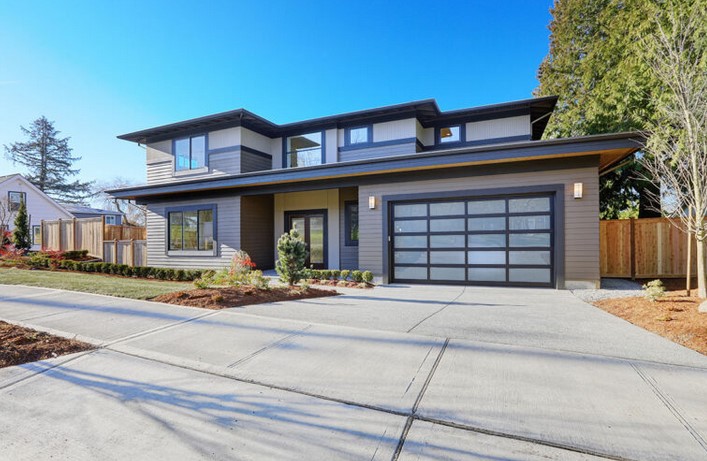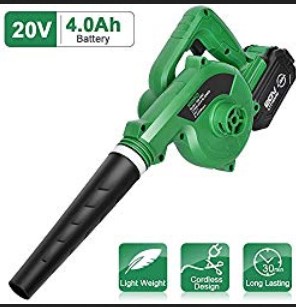
As homes become increasingly connected through technology, garages are no longer being left behind. Today’s smart garage systems are designed to add convenience, improve security, and streamline daily routines. More than just a space to park a car, the modern garage can be transformed into a multifunctional area—whether for storage, hobbies, or additional workspaces. Integrating smart systems in your garage allows homeowners to monitor, manage, and automate this often-overlooked space with the same efficiency found throughout the rest of a smart home. This article explores the components of smart garage systems, their key benefits, and how to implement them effectively.
Enhancing Security and Access Control
Remote Monitoring and Alerts
One of the most compelling reasons to upgrade to a smart garage system is enhanced security. Smart garage door openers equipped with sensors and wireless connectivity allow homeowners to monitor the garage’s status in real time through a smartphone app. Whether you’re at work, on vacation, or inside your home, you can check if the garage door is open or closed—and take immediate action if needed.
Smart systems also provide instant alerts if the door is opened unexpectedly, offering peace of mind against potential break-ins. Some models feature built-in cameras, allowing users to view live footage or review recorded clips of any activity near the garage.
Keyless Entry and Access Management
Traditional garage remotes are easily lost or duplicated, posing a security risk. Smart garage systems eliminate this concern by offering keyless entry through mobile apps, biometric authentication, or digital keypads. With these systems, you can grant access to family, friends, or delivery personnel temporarily or on a schedule, all without handing over a physical key or remote.
This is especially useful for package deliveries, allowing couriers to place items safely inside your garage without needing entry to your home. Some smart systems integrate with popular delivery services and offer one-time codes or automatic open-and-close functionality during deliveries.
Increasing Functionality and Integration
Voice and App Control
Modern smart garages aren’t just about security—they’re also about making daily routines more convenient. Many smart garage systems are compatible with voice assistants like Amazon Alexa, Google Assistant, and Apple Siri. With simple voice commands, you can open or close the garage door, turn on lighting, or check system status.
Through companion apps, users can automate tasks based on location (geofencing), time, or activity. For example, your garage door can automatically open when your phone is detected approaching your home or close after a specified period of inactivity.
Smart Lighting and Climate Management
Garages are often dimly lit and poorly ventilated. With smart lighting systems, motion detectors can trigger LED lights when someone enters the garage, ensuring safety and convenience. These lights can also be scheduled or remotely controlled via app for optimal energy efficiency.
Climate control solutions—such as smart thermostats, fans, or heaters—can help regulate temperature in garages that double as workshops, gyms, or storage areas for temperature-sensitive items. Some systems even include humidity sensors to protect against mold or rust.
Installation and Compatibility Considerations
Retrofitting vs. New Installation
For those with existing garage door openers, many smart garage systems offer retrofit kits that connect to the current mechanism. These kits often include a controller, sensors, and a mobile app. Retrofitting is a cost-effective way to modernize your garage without replacing the entire door system.
However, if you’re building a new home or upgrading major components, consider purchasing garage door openers with built-in smart capabilities. These tend to offer smoother operation, quieter motors, and better integration with smart home ecosystems.
Compatibility with Smart Home Platforms
When selecting a smart garage system, compatibility is a key factor. Ensure the device works with your preferred smart home platform—be it Google Home, Apple HomeKit, Samsung SmartThings, or Amazon Alexa. The more seamlessly your garage system integrates with your existing devices, the more powerful your home automation becomes.
It’s also important to consider network reliability. Because garages are often located at the edge of a home’s Wi-Fi range, you may need a mesh router or Wi-Fi extender to maintain a strong connection. Some smart garage devices also offer Bluetooth or LTE connectivity as a backup.
Maintenance and Software Updates
Just like any smart home device, garage systems require regular software updates to maintain security and performance. Choose brands that offer frequent firmware improvements and customer support. Regularly check sensor calibration, battery levels, and cloud account security to ensure ongoing reliability.
Incorporating smart garage systems into your home isn’t just a trend—it’s a practical investment in safety, efficiency, and convenience. From remote monitoring and voice-controlled access to integration with delivery services and energy-saving features, these systems redefine what a garage can be. As part of a broader connected living strategy, smart garages enhance everyday life while increasing the overall value of your home. With careful planning and the right tools, smart garage systems bring your garage up to speed with the rest of your modernized smart home.






